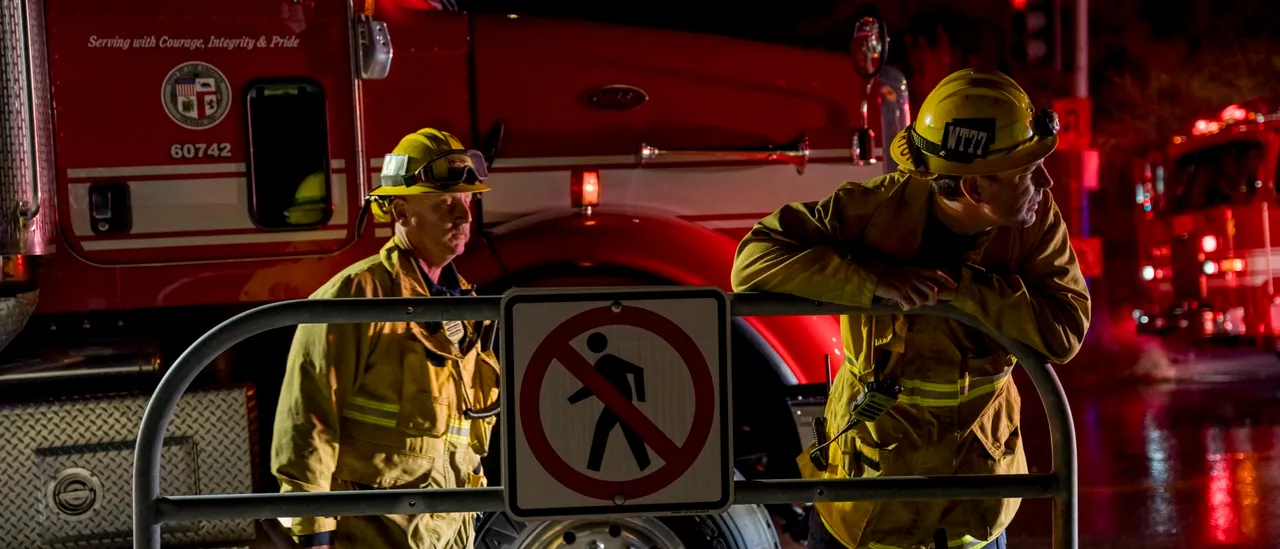UPDATE: A major chemical emergency in Weatherford, Oklahoma, has forced the evacuation of hundreds and sent dozens to local hospitals. Four individuals remain in critical condition following a toxic gas leak from a tanker truck carrying anhydrous ammonia that malfunctioned late Wednesday night.
At approximately 10 p.m. local time on November 13, 2025, a valve failure in an 8,500-gallon tank trailer, parked at the Holiday Inn, released toxic fumes over a square mile, leading to severe respiratory issues for nearby residents. Emergency crews, equipped with gas masks, moved swiftly to evacuate about 500 to 1,000 individuals, including guests from the hotel and residents from three senior centers.
Weatherford resident Krystal Blackwell described the chaos, stating, “It was a little crazy to wake up to. I really thought it was a kind of dream.” The city, with a population of 12,000, mobilized shelters capable of accommodating up to 600 evacuees by early Thursday morning.
Local officials confirmed that multiple hospitals were overwhelmed with patients, with the most severe cases being transferred to specialized medical facilities. In response to the crisis, schools were closed, and several nursing homes were evacuated as hazmat teams and units from the Oklahoma National Guard rushed to the scene.
Authorities lifted a shelter-in-place order on Thursday morning after crews diluted the chemical, but cleanup efforts are expected to take several days. The U.S. Department of Transportation reported that “anhydrous ammonia warrants cautious handling and management,” emphasizing the substance’s potential dangers, which can cause burns on contact.
This incident follows a similar ammonia leak in Mississippi that also resulted in evacuations, raising concerns about the safety protocols in place for transporting hazardous materials.
As cleanup continues, authorities urge residents to remain vigilant and stay updated on further developments. This urgent situation highlights the critical need for safety measures in handling chemicals that pose significant threats to public health.
Stay tuned for more updates as the situation unfolds.







